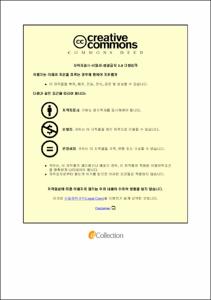호박 가루 첨가가 쌀가루 SPONGE CAKE의 특성에 미치는 영향
= Quality Characteristics of rice flour Sponge Cakes Containing Various Levels of Pumpkin Powder
- Appears in Collections:
- 호텔관광외식경영학과 > 1. Thesis
- Files in This Item:
-
-
Download
 000000546523.pdf
기타 데이터 / 1.6 MB / Adobe PDF
000000546523.pdf
기타 데이터 / 1.6 MB / Adobe PDF
-
Items in Repository are protected by copyright, with all rights reserved, unless otherwise indicated.